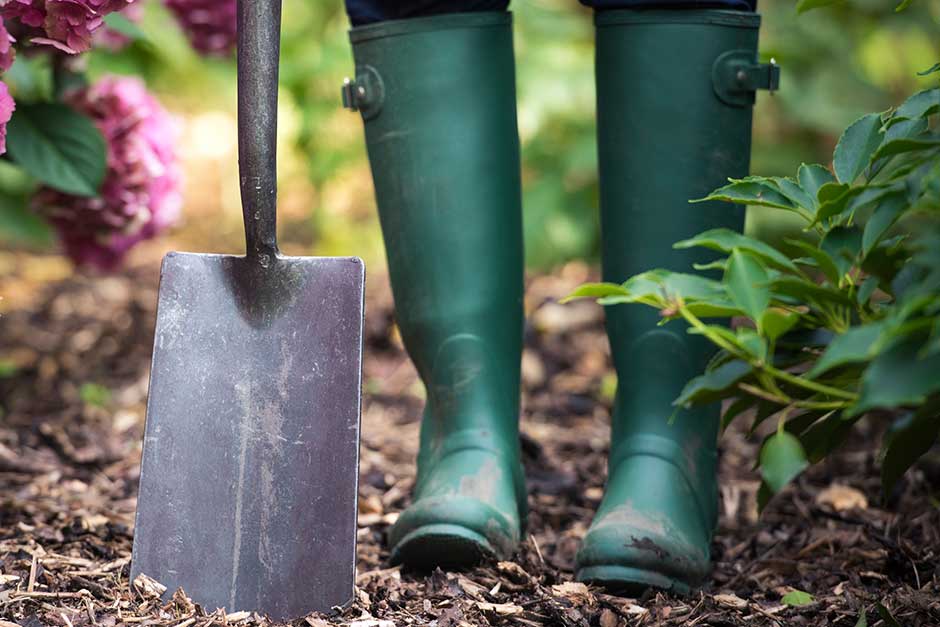
Introducing...
Sambucus
Botanical name: Sambucus
Common name: Elder or elderberry
These easy-to-grow shrubs and trees produce frothy white flowerheads in May and June, then heavy clusters of small black berries. Several popular cultivars have purple leaves and pink flowers. Versatile and vigorous, elders grow well in most sites, can be pruned to reduce their size, and attract a wide range of wildlife.
Looks
In early summer, flat white flowerheads adorn these shrubs or trees, followed by clusters of tiny red berries that ripen to glossy black by late summer. Cultivars are available with golden, purple or lacy leaves, or pale pink flowers.
Likes
Elders are happy in most soils and grow vigorously, so are best given plenty of space or pruned annually. They enjoy sun or light shade.
Dislikes
These versatile shrubs and trees are robust and adaptable, so can cope with most situations, although they won’t grow well in shade or very dry soil.
Did you know?
The flowers are popularly used to make cordial or fizzy ‘champagne’. The berries can be made into jam or wine. Just be aware that they must be cooked, otherwise they are mildly toxic.
Growing guide

How to grow Sambucus
All the information you’ll need to grow and care for Sambucus in your garden
Love gardening
Sign up to receive regular gardening tips, inspiration, offers and more
View our Privacy Policy
Get involved
The Royal Horticultural Society is the UK’s leading gardening charity. We aim to enrich everyone’s life through plants, and make the UK a greener and more beautiful place.